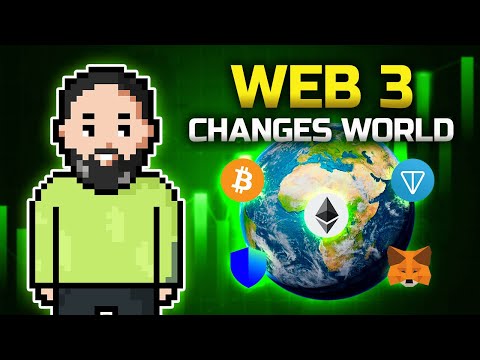
title
No time to read? Listen to the podcast
The Evolution of the Web: From Web 1.0 to Web 2.0
The internet has come a long way since its inception. Over the years, it has evolved significantly, transforming from a simple network of static pages to a dynamic, interactive platform. This evolution has been marked by distinct phases, each bringing its own set of innovations and changes. In this blog post, we will delve into the transition from Web 1.0 to Web 2.0, exploring how the internet has grown and what it means for users today.
The Era of Web 1.0: The Read-Only Web
Web 1.0, often referred to as the “read-only” web, was the first stage of the World Wide Web’s evolution. During this period, websites were mostly static pages with limited interactivity. Users could browse and read content, but there was little opportunity for engagement or content creation. The primary focus was on disseminating information, and websites functioned much like digital brochures.
The technology underpinning Web 1.0 was relatively simple. HTML was the primary language used to create web pages, and websites were hosted on servers that delivered content to users. The user experience was straightforward, with a strong emphasis on text and minimal multimedia elements.
Then Came Web 2.0: The Read-Write Web
Then came Web 2.0, the read-write web. This was the age of social media, blogs, and cat videos. Suddenly, you weren’t just a consumer; you were a creator. Facebook, YouTube, and Instagram turned the internet into a giant community theater where everyone and their grandma could post content. It was the easiest way of saying, “Excuse me, I need my 15 minutes of fame, please.”
But there was a catch. While we were busy liking, sharing, and subscribing, big corporations were scooping up our data like kids in a candy store. Web 2.0 turned us into the product, with our likes, clicks, and shares sold to the highest bidder.
The Rise of Social Media
One of the most significant developments of Web 2.0 was the rise of social media platforms. These platforms transformed the way people interacted online, providing spaces where users could connect, share, and engage with content. Facebook, YouTube, and Instagram became household names, each offering unique ways for users to express themselves and build online communities.
Social media platforms leveraged user-generated content, allowing individuals to share their thoughts, photos, and videos with a global audience. This shift democratized content creation, giving everyone a voice and the potential to reach millions of people. The internet was no longer a one-way street; it became a dynamic, interactive space where users could contribute and collaborate.
The Economics of Web 2.0: Users as the Product
However, the rise of Web 2.0 also brought new economic dynamics. As users flocked to social media platforms and other interactive websites, these platforms discovered a valuable resource: user data. By tracking likes, clicks, shares, and other online behaviors, companies could gather detailed information about users’ preferences and habits. This data became a goldmine for advertisers, who could target their ads with unprecedented precision.
In essence, Web 2.0 turned users into the product. While users enjoyed free access to social media platforms and other services, their data was being collected and sold to the highest bidder. Advertisers paid a premium for the ability to reach specific audiences, leading to the rise of targeted advertising. This model allowed platforms to generate significant revenue while offering free services to users.
Conclusion: The Impact of Web 2.0
The transition from Web 1.0 to Web 2.0 marked a significant shift in the internet’s evolution. The read-only web gave way to a dynamic, interactive platform where users could create and share content. Social media platforms transformed online interactions, providing new ways for people to connect and engage.
However, this evolution also introduced new challenges, particularly regarding data privacy and the economics of the internet. As users became the product, concerns about data security and targeted advertising emerged. Despite these challenges, Web 2.0 has fundamentally changed the way we use the internet, offering new opportunities for communication, collaboration, and creativity.
As we look to the future, the internet will continue to evolve, bringing new innovations and challenges. Understanding the history and impact of Web 2.0 is crucial as we navigate this ever-changing digital landscape.
Ready to join the Musk Empire? Believe in the project? ? Join now




 Bengali
Bengali Chinese (Simplified)
Chinese (Simplified) English
English Hindi
Hindi Indonesian
Indonesian Irish
Irish Spanish
Spanish Swedish
Swedish Turkish
Turkish